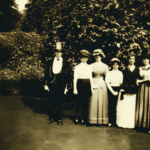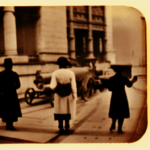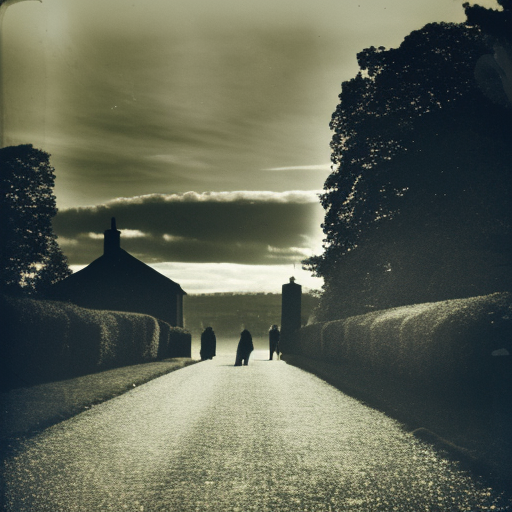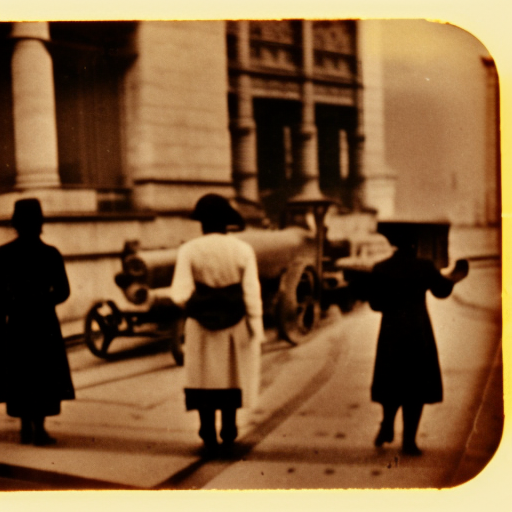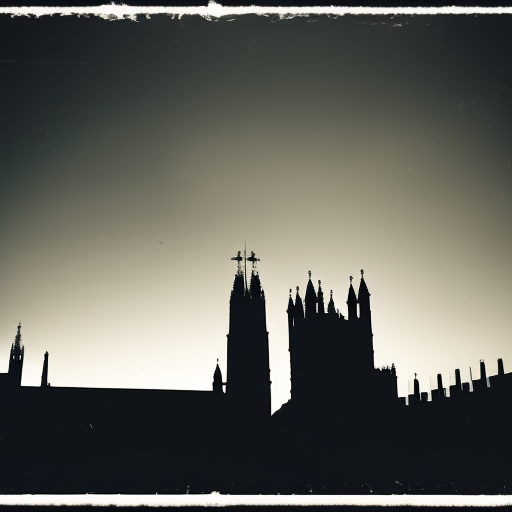The Edwardian Era in England: A Summary
The Edwardian Era in England refers to the period of time between 1901 and 1910 when King Edward VII ruled the country. This era was characterized by significant social, political, and cultural changes, as well as the continuation of the Victorian values and traditions that had dominated the previous era.
Political Landscape: The Edwardian Era saw the rise of the Liberal Party under Prime Minister Henry Campbell-Bannerman and later H.H. Asquith. The government implemented various reforms, including the introduction of old-age pensions, the establishment of labor exchanges, and the regulation of working hours for women and children. However, political tensions also arose, particularly with the House of Lords, which frequently clashed with the Liberal government over proposed legislation.
Social Changes: The Edwardian Era witnessed a shift in social attitudes and the emergence of a more liberal society. The upper class continued to dominate society, but the middle class grew in influence and prosperity. Women’s suffrage movements gained momentum during this time, with organizations such as the Women’s Social and Political Union (WSPU) advocating for women’s right to vote.
Technological Advancements: The Edwardian Era was a period of significant technological progress. The introduction of electricity into homes and the development of new transportation systems, such as the London Underground, revolutionized daily life. The era also saw the emergence of the automobile, with the Ford Model T becoming increasingly popular.
Cultural and Artistic Expression: The Edwardian Era was a time of artistic and cultural flourishing. The arts, including literature, theater, and music, experienced a period of innovation and experimentation. Prominent writers such as H.G. Wells, E.M. Forster, and George Bernard Shaw produced influential works during this time. The era also witnessed the emergence of the suffragette movement, which used art and literature to promote its cause.
International Relations: The Edwardian Era was marked by a complex web of international relations and rivalries. The British Empire was at its height, and the era saw the expansion of British influence in Africa and Asia. However, tensions with other European powers, particularly Germany, escalated, leading to an arms race and increased militarization.
Legacy: The Edwardian Era came to an end with the death of King Edward VII in 1910. Despite its relatively short duration, the era left a lasting impact on British society. It set the stage for the social and political changes that would come in the following decades, including the women’s suffrage movement and the eventual decline of the British Empire.
In conclusion, the Edwardian Era in England was a period of significant social, political, and cultural changes. It was characterized by the rise of the Liberal Party, the emergence of a more liberal society, technological advancements, artistic and cultural flourishing, complex international relations, and a lasting legacy that shaped the future of the country.
